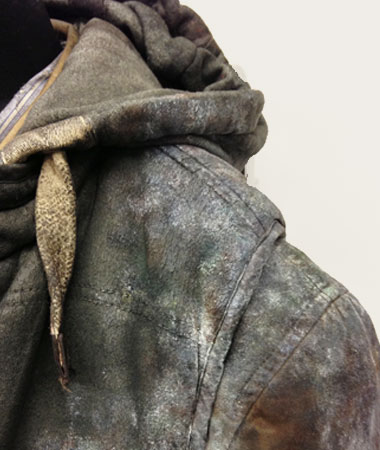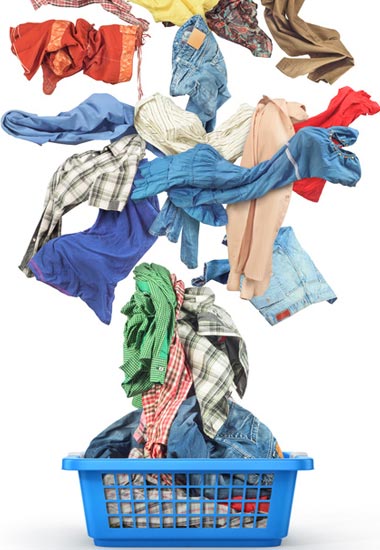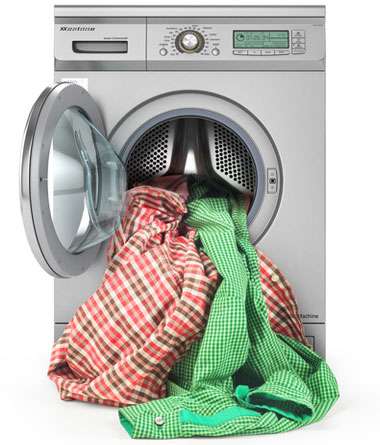Natriumdithionit Instructions
Discolour fabrics with Sodium Dithionite / Sodium Hydrosulfite
Decolourising powder (sodium dithionite):
3 - 5 grams per 100 grams fabric weight.
1kg fabric weight requires 30 - 50 grams of powder.
Amount of water:
As much water as needed to cover the garments with water.
Water temperature:
Initially 85ºC heat to 95ºC
• To remove colours from fabrics, add equal parts of Sodium Hydrosulfite with Soda (Sodium Carbonate) (1:1) on 3-5% of the dry weight of the fabric.
• Heat the liquid to 85°C, add the fabric and continue heating. Colour stripping works best with boiling liquid.
• Keep the fabric in motion for 10 to 20 minutes or until the colour has come out as desired. Then wash with mild detergent in cold water.
• Please note: not all dyes can be removed from fabrics. Results may vary. If possible, make a test first.
Sodium Dithionite (Sodium Hydrosulfite) for indigo and dyer's woad
2 parts of sodium hydrosulfite & 1 part of pre-reduced indigo dye & 4 parts of soda
(Use 4 liters of water per 20g of dye)
• To reduce the indigo dye you also need, in addition to soda, Sodium Dithionite / Sodium Hydrosulfite. This produces the famous indigo vat.
• For dyeing with powdered (pre-reduced) indigo you need Sodium Dithionite as reactive agent. It is added during the dyeing process.
• Sodium Dithionite is also used to revive the dye liquor.
• You also need this chemical for dyeing with dyer's woad.
You can find detailed instructions on how to dye indigo in the product description of indigo textile dye at www.patin-a.de.
Danger warnings:
Use product with care. Always read the label and warnings before use.
 |
 |
• Sodium Hydrosulfite is harmful when swallowed. If swallowed, give water or milk and call a doctor.
• Causes severe eye irritation. Wear eye protection. If medical advice is needed, have packaging or label ready.
• Capable of self heating; can catch fire.
• Keep out of the reach of children.
• Read label before use.
• Avoid release to the environment.
• Dispose of content/container according to local regulations.
 We ship worldwide
We ship worldwide Top customer satisfaction!
Top customer satisfaction! Many payment options
Many payment options






